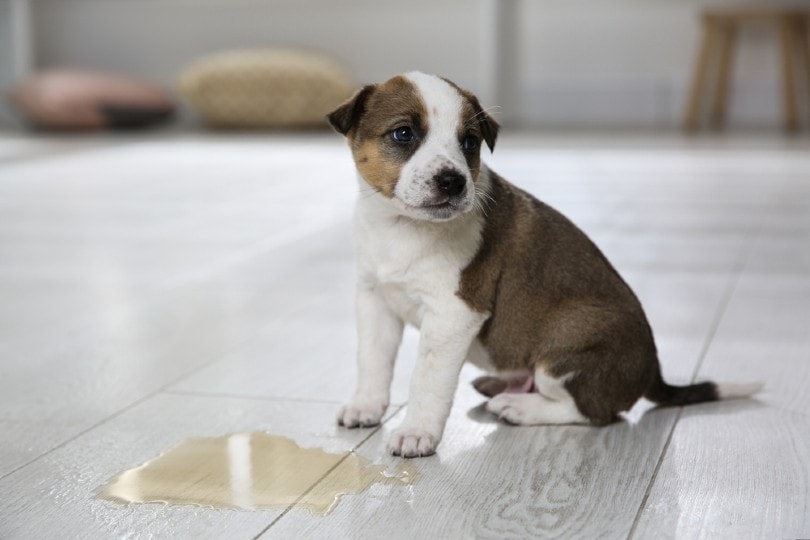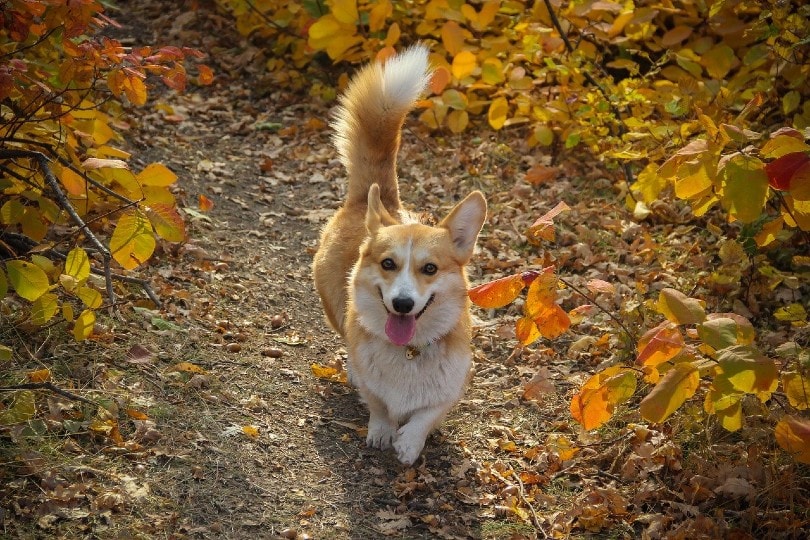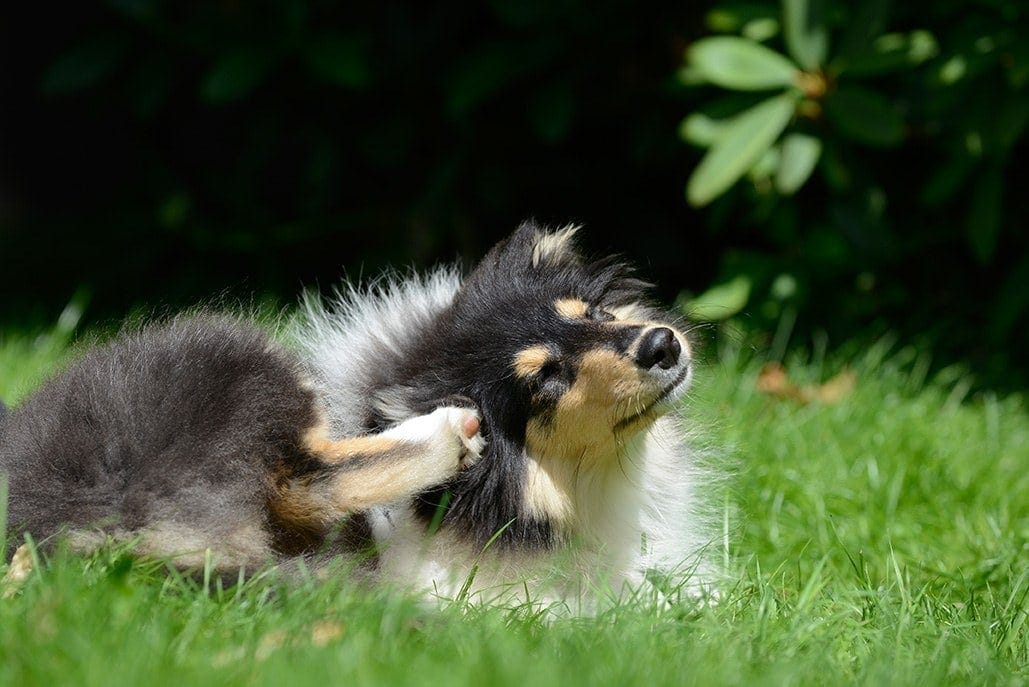Not too long ago, it seemed like there were only two kinds of dogs: pure breeds and mutts.
Somewhere along the line, though, that all changed. We still have pure breeds and mutts, of course, but now there are also designer dogs, crossbreeds, and hybrids thrown into the mix. It’s enough to make your head spin.
But how are you supposed to tell the difference between the various types? Are there any differences between them?
In this guide, we show you exactly what people mean when those expressions are used, so you’ll never run the risk of offending a pretentious dog owner ever again. Designer vs hybrid vs crossbreed vs pure breed: here’s what you need to know!
What Are Designer Dog Breeds?
Simply put, a designer dog breed is a cross between two purebred dogs.
That may sound like they’re mutts, but designer dogs are actually fancy mutts.
The main difference between a designer dog and a mutt is the intentionality behind them. Mutts are usually accidents, whereas designer dogs are created by dog breeders with the intention of selling them — and often for a pretty penny indeed. Designer dogs are made with two purebred breeds, whereas mutts can have several different types of dog breed in them.
Designer dogs are often created with a purpose in mind, so the breeds used to make them are chosen for a reason as well. For example, many dogs are crossed with Poodles to create hypoallergenic designer dogs for allergy sufferers (even though there’s no such thing as a truly hypoallergenic dog breed).
So, if a designer dog is a hybrid of two pure breed dogs, what’s a hybrid dog? A hybrid dog is just another term for a designer dog — they’re the exact same thing.
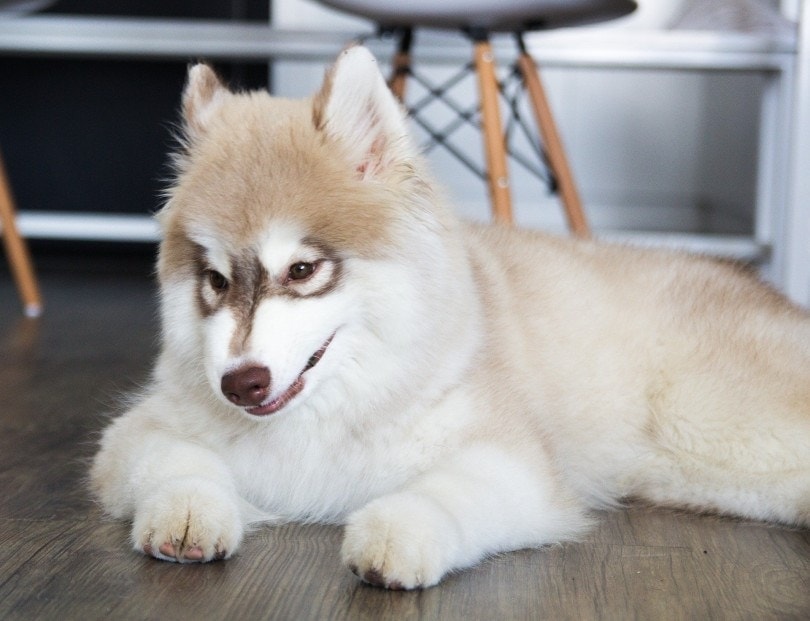
What Was the First Designer Dog?
This is a bit of a tricky question. Technically, humans have been making designer breeds for tens of thousands of years — that’s why there are so many different sizes and shapes of dogs, after all.
Siberian Huskies were “designed” to pull sleds. Rottweilers were “designed” to protect flocks of sheep and other animals. The list goes on.
Basically, designer dog breeds are nothing new — it’s just the label that’s new. The phrase “designer dog breed” is as much a marketing term as anything else.
That said, when people think of designed dog breeds, the first thing that probably comes to mind is the Labradoodle, or the Poodle/Labrador hybrid. These are generally considered to be the breed that jump-started the designer dog movement.
The first Labradoodle was created for fun, not profit, however. A breeder named Wally Coonron needed a pooch that could act as a guide dog for a blind woman, without upsetting her husband’s allergies.
Poodles are as close to hypoallergenic as any breed can come, but they make lousy guide dogs. After three years of trying, Coonron hit upon the idea of mixing the non-shedding Poodle with the supremely obedient Labrador.
The first Labradoodle was born in 1989 and with it, the designer dog movement.
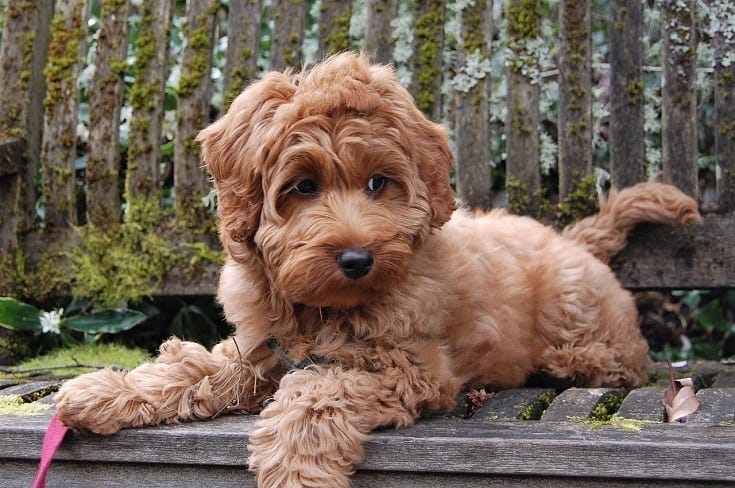
What Other Types of Designer Dogs Are There?
There are no real criteria for being a designer dog other than simply being a hybrid of two pure breeds. As a result, many breeders will throw together virtually any two breeds and label them the hot new designer dog of the year.
That means there could be any number of designer breeds out there, as there isn’t any sort of official registry. What’s more, there’s nothing stopping people from claiming that they’ve made a new designer breed, when they’ve really only let their dog wander around without being fixed.
- Labradoodles (Labrador and Poodle)
- Aussiedoodles (Australian Shepherd and Poodle)
- Cockapoos (Cocker Spaniel and Poodle)
- Schnoodle (Schnauzer and Poodle)
- Goldendoodle (Golden Retriever and Poodle)
- Chiweenie (Chihuahua and Dachshund)
- Pomsky (Pomeranian and Siberian Husky)
- Labrador (Labrador and Border Collie)
- Goldador (Golden Retriever and Labrador)
- Morkie (Maltese and Yorkshire Terrier)
You’ll notice that most designer breeds involve Poodles in some way, due to their supposed hypoallergenic qualities. However, many designer breeds are moving toward being cute and unique, rather than fulfilling some sort of need.
Benefits of a Designer Dog
Most designer dogs are bred to fulfill a specific purpose. For example, most Poodle hybrids exist to give dog-loving allergy sufferers more options.
Designer dog breeds take two dogs that have obvious selling points and mix them, with the idea that the resulting dog will have all of their parent breeds’ strengths and none of their weaknesses. That means that Labradoodles will give you the obedience of a Labrador with the supposedly hypoallergenic nature of a Poodle.
Many newer designer dogs are being created to be cute and interesting rather than useful, however. Breeders will take two seemingly disparate dogs (like a Siberian Husky and a Pomeranian) to create something new, or they’ll mix two cute breeds to try to make something even cuter.
Ultimately, designer dogs are typically either useful or a high-priced accessory.
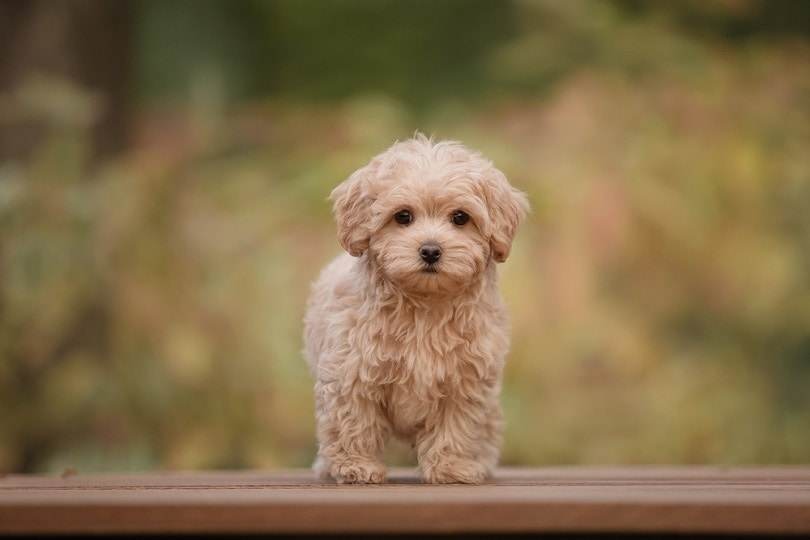
Negatives of a Designer Dog
Designer dogs are basically high-priced mutts. You can get a mutt for next to nothing at your local shelter, and you can save a dog’s life in the process as well.
You’ll also need to deal with a breeder, and there may not be a breeder specializing in the designer dog you want in your area. It may take quite a bit of work — and even more money — to track down one of the less popular designer breeds.
Of course, if you need a designer dog for some reason, then there’s not much in the way of a drawback. Any extra cost will be money well spent if you get a dog that meets your needs.
On the other hand, if you just want a designer dog to have something to show off, it’s probably better to save your money and adopt a mutt from your local shelter.
What Is a Crossbreed Dog?

The definition of a crossbreed is simple: It’s everything besides a purebred dog, basically. It’s any dog that has at least two different breeds in their genetic makeup.
The term “crossbreed” is often used to describe designer dogs, but it could also be used to describe run-of-the-mill mutts. It doesn’t really have any sort of built-in specification.
However, the term cross-breeding is a different story. It refers to the act of making designer dogs, and cross-breeding is usually performed by professional breeders with a specific goal in mind.
What Are Pure Breed Dogs?
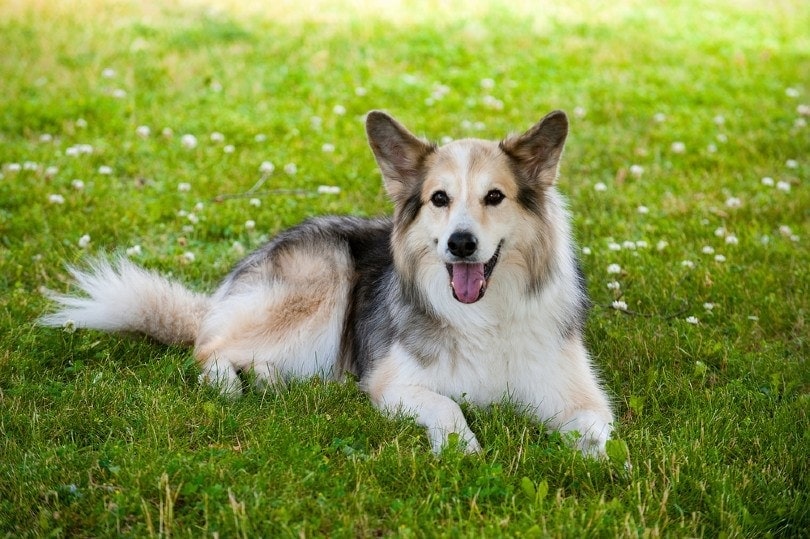
The terms pure breed, purebred, and pedigreed dogs all refer to animals with only a single breed’s DNA running through their veins. Technically, a pedigreed dog is a pure breed that has papers certifying their purebred status and recording their breeding history, but many people use it to simply mean pure breed.
Many people take their dog’s bloodlines very seriously. For example, if you’ve ever seen a dog show on TV, every single one of those animals is a pure breed with a detailed pedigree. Champion pure breed dogs can be worth tens of thousands of dollars, and they’re highly sought after for breeding purposes.
Virtually all purebred dogs will come from professional breeders who specialize in that particular breed. These dogs tend to be expensive, but the breeders will have plenty of paperwork showing you that your dog is the product of generations of purebred animals.
Are Pure Breed Dogs Better Than Other Dogs?
That depends on why you’re getting a dog.
If you just want a pet, then no, a pure breed dog is no better than your average mutt. In fact, they’re not a great choice for a pet, as they will be much pricier and possibly prone to health problems. The only reason to get a purebred dog as a pet is if you’re really attached to a specific breed.
However, if you’re hoping to show or breed the animal, then you pretty much have to get a purebred dog. None of the major dog shows accept crossbreeds, and you won’t likely get people to pay you much money for breeding mutts — after all, shelters are full of those.
It’s important to remember, though, that the formula for a purebred dog is crossbreed plus time. Every single breed was once a crossbreed, but if you breed enough of the same crossbreeds together, you’ll eventually create an entirely new breed — and some of these animals will have “pure” bloodlines.
That’s why new breeds are regularly accepted by the AKC and other governing organizations, and it’s why there’s a push to accept designer breeds like Labradoodles into dog shows. There are many designer dogs out there who are the product of generations of designer dog breeding — if they aren’t purebred at this point, what dog truly is?
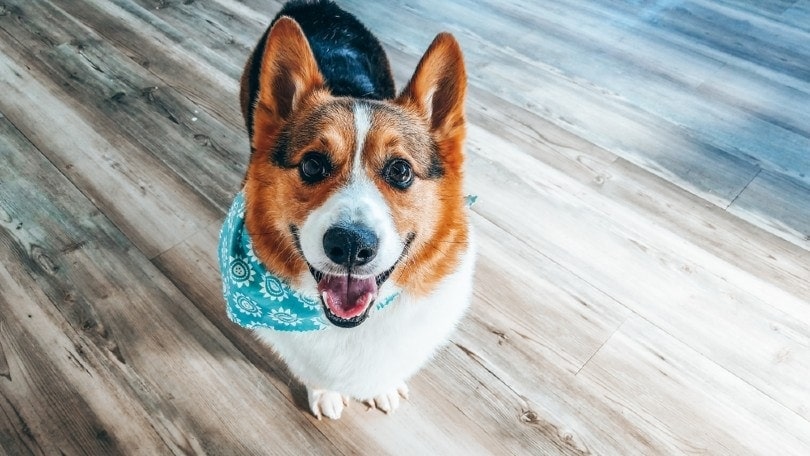
Benefits of a Pure Breed Dog
Many people insist on a pure breed dog because they’re fanatical about that breed. These people don’t necessarily love dogs — they love a certain kind of dog. They may love English Bulldogs, for example, and they don’t want any other dog DNA mixed in there.
It’s also easier to predict how a dog will turn out if they only have one kind of breed in their blood. Certain breeds are prone to certain kinds of behavioral and health issues, and you’ll have a better idea of what your dog will be like if you have a purebred pup. Once you start mixing in other breeds, it becomes harder to know which breed’s DNA will win out in certain areas.
Also, if you’re hoping to breed or show your dog, they’ll have to be purebred. But some people end up breeding or showing dogs only after falling in love with a certain breed.
It’s worth mentioning that there’s still a strong bias toward purebred dogs. Many people just assume that they’re better for some reason, and the fact that they’re more expensive tends to reinforce this notion.
But purebred dogs aren’t inherently better, and in many ways, they may actually be worse. The bias persists, however.
Negatives of a Pure Breed Dog
The most obvious negative to a pure breed dog is that they’ll be considerably more expensive than a mutt. If you’re planning on breeding or showing, that’s not a huge deal, as you may be able to make that money back. If you’re just buying a pet, though, then it’s basically the equivalent of paying for a designer name.
Perhaps the bigger issue, though, is that many purebred dogs are more vulnerable to a variety of health issues than mutts are. This is due to one simple reason: inbreeding.
Breeders don’t necessarily breed dogs with the animal’s best interests in mind. They’re trying to make money, after all, so they’ll breed dogs that people want to buy. This usually means either exaggerating a breed’s notable features or trying to make the “perfect” representative of the breed.
Either way, the breeders will mix the same dogs over and over again, as these animals give them the best chance of creating a valuable dog. If one of those animals has a genetic predisposition to a certain disease, that disposition will be pwassed down to hundreds of progeny.
Mutts typically live longer and have healthier lives due to their genetic variety. Purebred dogs, on the other hand, tend to be more expensive to purchase, and they tend to be more expensive to own as well.
 What Type of Dog Is Right for You?
What Type of Dog Is Right for You?
Designer dog breeds, pure breeds, and the rest are all capable of being wonderful dogs. The right one for you will depend on what, exactly, you want from your dog, as well as how much you’re willing to pay for a canine companion.
At the end of the day, you can get a great pet from any dog, including a garden-variety mutt. If you have special needs, though, a designer dog may be worth considering, and if you value predictability above all, then a purebred may be the way to go.
The important thing to remember is that regardless of what kind of DNA your puppy has inside their cells, they’re a very good dog.
Featured Image Credit: Paul Murphy, Unsplash
Contents
- What Are Designer Dog Breeds?
- What Was the First Designer Dog?
- What Other Types of Designer Dogs Are There?
- Benefits of a Designer Dog
- Negatives of a Designer Dog
- What Is a Crossbreed Dog?
- What Are Pure Breed Dogs?
- Are Pure Breed Dogs Better Than Other Dogs?
- Benefits of a Pure Breed Dog
- Negatives of a Pure Breed Dog
- What Type of Dog Is Right for You?

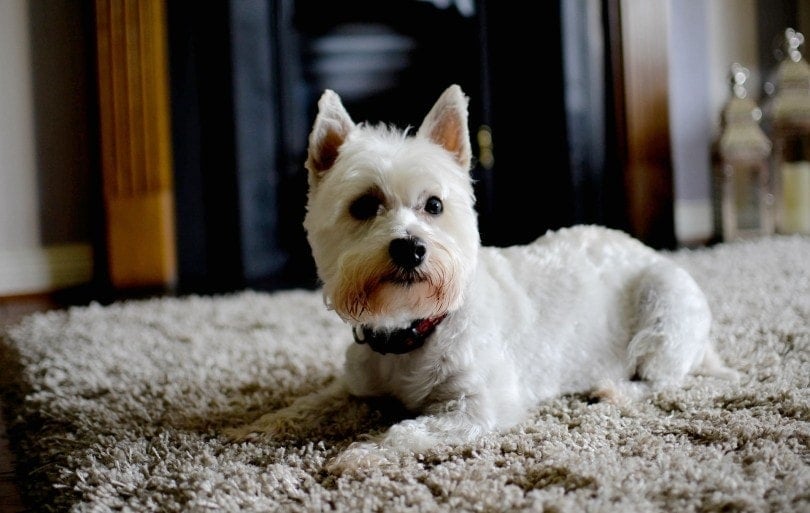



 What Type of Dog Is Right for You?
What Type of Dog Is Right for You?